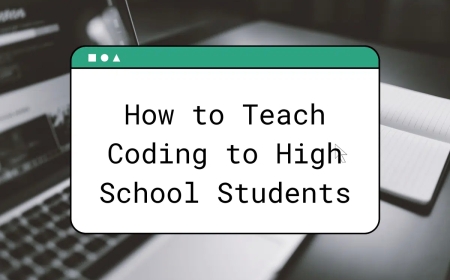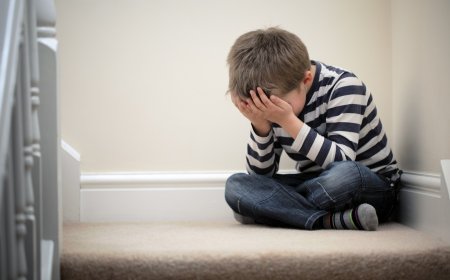In recent times, there has been growing concern about how to address students' misbehavior in schools.
Traditionally, the approach has been to punish students for their actions, but there's a rising understanding that this method may not be the most effective. Instead, a shift towards supporting and guiding students is gaining traction. Let's delve into why this change is important and how it can benefit both students and the education system.

Understanding Root Causes:
Rather than simply reacting to bad behavior, it's crucial to understand why students behave a certain way. This requires looking beyond the surface and considering factors like stress, trauma, and unmet needs that may contribute to their actions.
Empathy and Connection:
Building positive relationships between teachers and students fosters empathy and understanding. When students feel connected and valued, they are more likely to exhibit positive behavior and respond well to guidance.
Teach Social and Emotional Skills:
Schools should prioritize teaching social and emotional skills alongside academic subjects. These skills, such as self-regulation and conflict resolution, equip students with tools to navigate challenges and interact positively with others.
Positive Reinforcement:- Positive Behavior in Schools
Instead of focusing solely on punishment, incorporating positive reinforcement encourages desired behavior. This can be in the form of praise, rewards, or recognition for efforts and achievements.
Restorative Practices:
Restorative justice practices focus on repairing harm and restoring relationships rather than meting out punishment. This approach encourages accountability, empathy, and dialogue to resolve conflicts and address misconduct.
Individualized Support:
Recognizing that each student is unique, interventions and support should be tailored to their specific needs. This may involve counseling, mentorship, or academic accommodations to address underlying issues contributing to behavior problems.
Collaborative Problem-Solving:
Involving students, parents, teachers, and school staff in collaborative problem-solving promotes a sense of ownership and shared responsibility. Working together, stakeholders can identify solutions that address root causes and prevent recurring issues.
Shift in School Culture:- Positive Behavior in Schools
Adopting a positive and supportive school culture emphasizes respect, inclusion, and community. This creates an environment where students feel safe, supported, and motivated to learn and succeed.
Focus on Prevention:
Rather than waiting for problems to arise, proactive measures can prevent behavior issues. This includes early identification of risk factors, implementing preventative programs, and fostering a culture of prevention and support.
Continuous Learning and Improvement:
Embracing a growth mindset involves continuous learning and improvement in behavior management strategies. Schools should regularly evaluate and adjust their approaches based on feedback, research, and best practices.
In conclusion, addressing students' behavior requires a shift from punitive measures to supportive and proactive interventions. By understanding root causes, fostering empathy, teaching essential skills, and promoting positive school cultures, educators can create environments where students thrive academically and socially. This shift not only benefits individual students but also contributes to a healthier and more effective education system.
Follows Us for More Updates
Like Us on Facebook Page :
Click Here
Like Us on Instagram :
Click Here






























